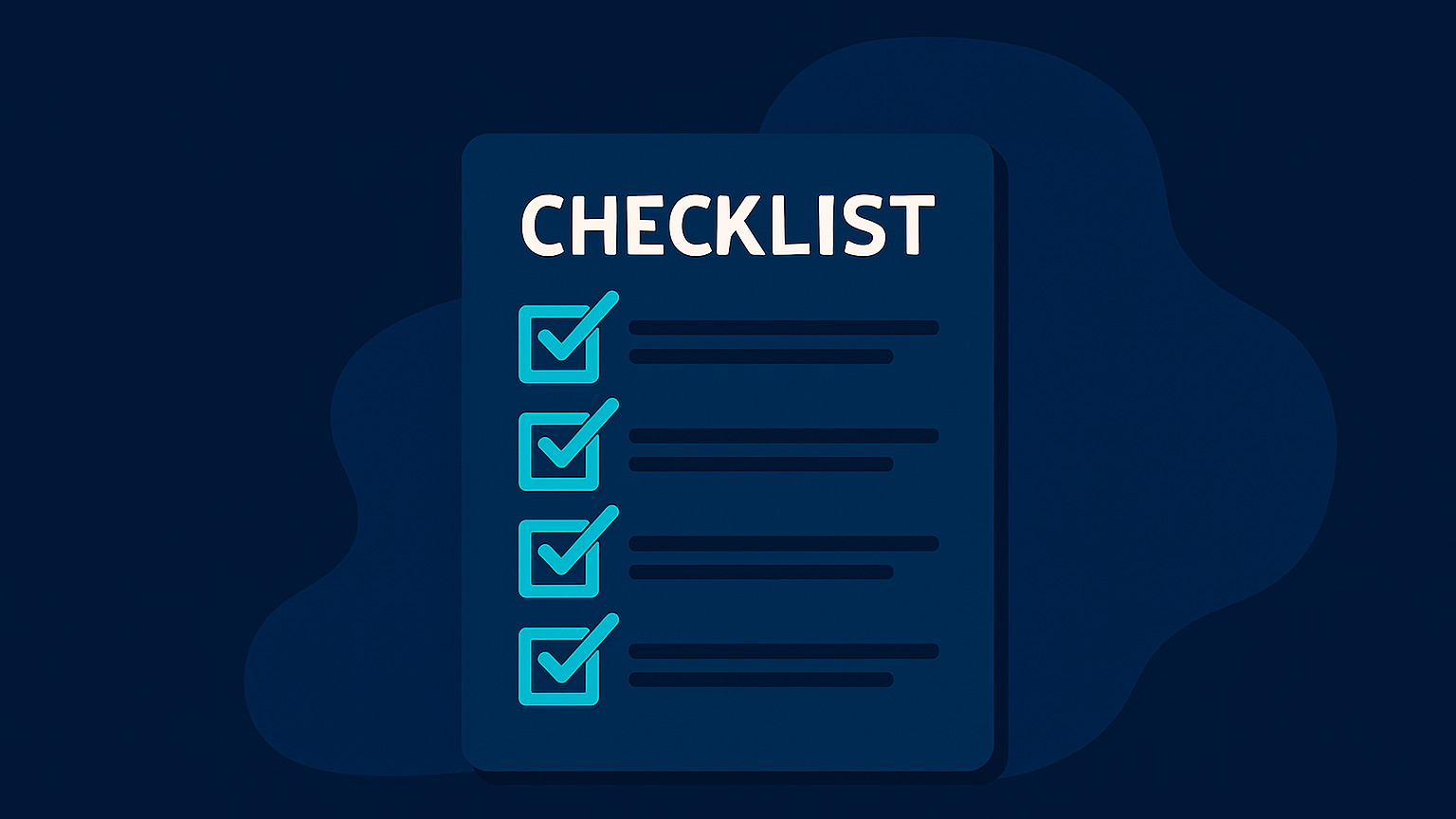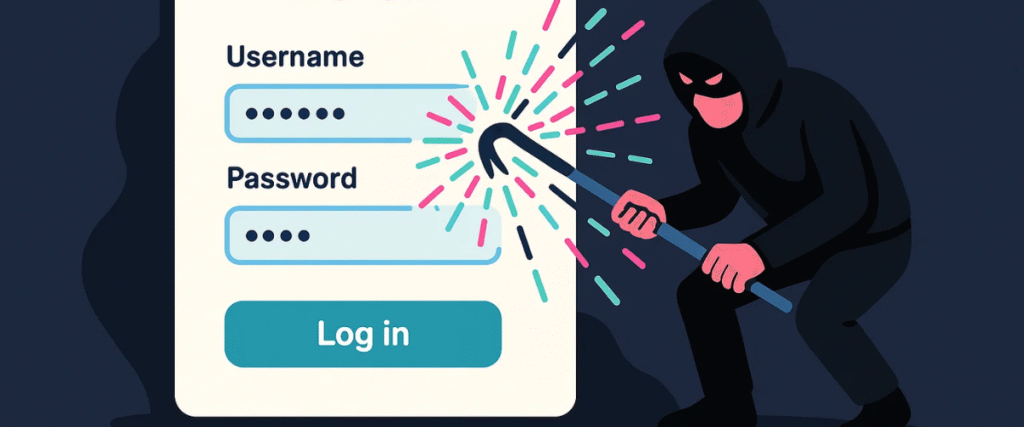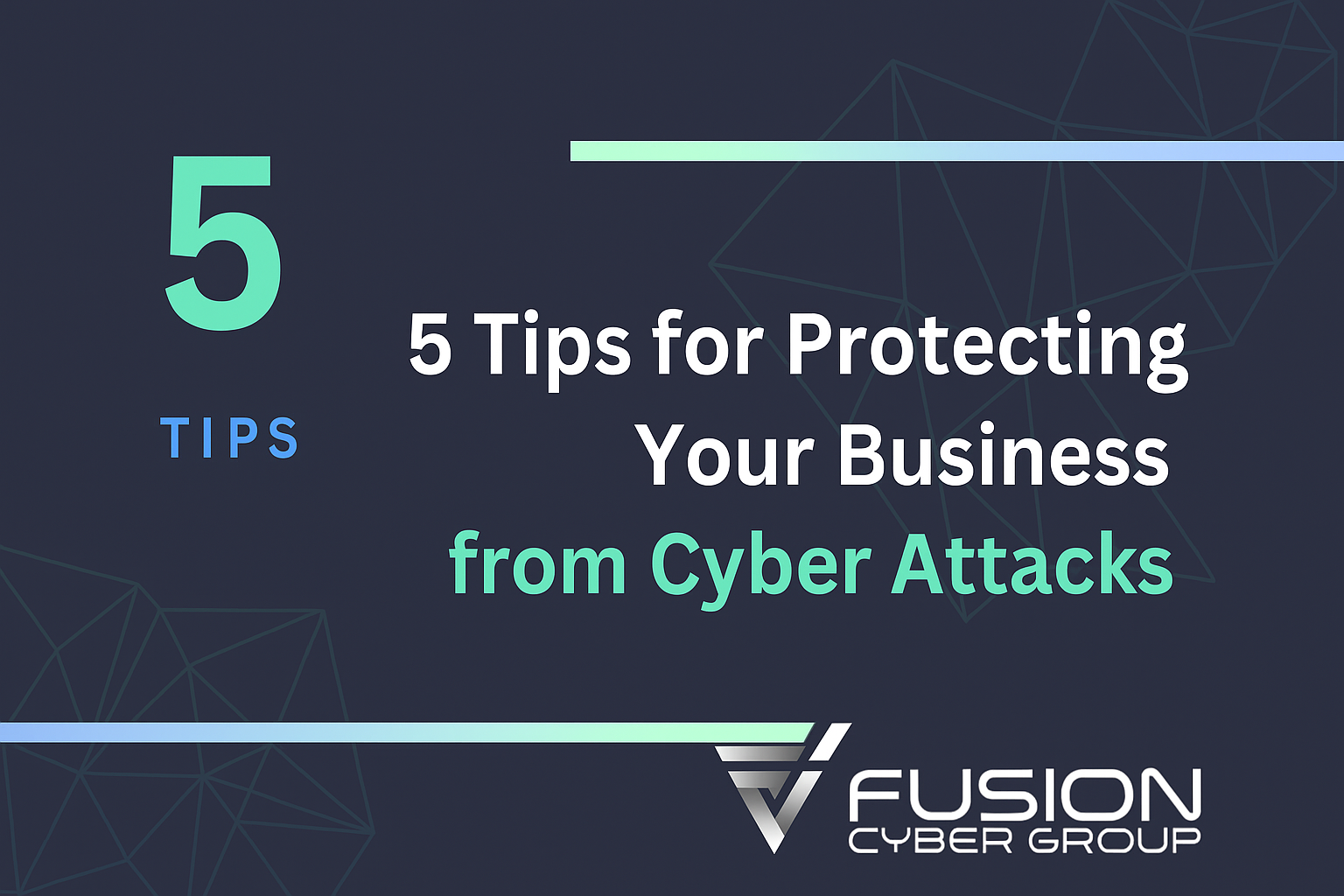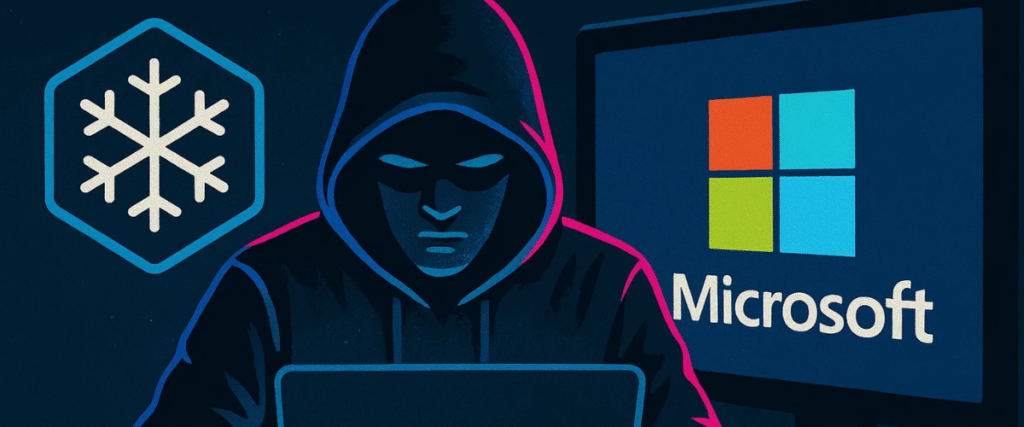Most incidents start with the Unknown—forgotten devices, stale accounts, outdated apps. Strong asset visibility closes these gaps before they become breaches.
Who This Is For
This guide is for people who make decisions and own outcomes. You want clarity, not jargon. You want Penetration testing tied to business results for your SMB. You need fast wins and a plan you can defend. Owners, presidents, and boards get a plain‑English roadmap. It shows where risk concentrates and what fixes matter. It keeps investments aligned to the most likely threat paths. You get straight talk on timelines and trade‑offs.
Executives who sign the cheque need evidence. This guide links findings to revenue protection, audit readiness, and insurance posture. It makes progress visible with simple KPIs. You’ll know what to report this quarter and next. IT leaders and vCIO/vCISOs get a practical playbook. Scope, Rules of Engagement, and remediation are right‑sized for lean teams. We emphasise identity, email, remote access, and web/API—the attacker’s fastest routes. Detection rules and backup practices are folded into daily work.
MSPs, MSSPs, and VARs get repeatable process. Use our scoping templates and evidence packs to coordinate clean handoffs. Prove risk actually went down, not just that work was done. Client conversations become simpler and more transparent. Finance, legal, and risk teams get defensible guardrails. We cover lawful testing, evidence handling, and clear ownership. Findings map to likelihood, impact, and residual risk. That keeps auditors comfortable and surprises to a minimum.
Canadian context is built in. We reference PIPEDA, provincial realities, and common vendor clauses. The guidance fits hybrid work, Microsoft 365, and SaaS‑heavy operations. We show how to translate contracts into testable controls. If your mandate is resilience without headcount, start here. Turn scattered tools into a clear assets layer and test what matters. In a shifting threat landscape, verification beats promises. Penetration testing then becomes a catalyst for continuous improvement.
Why Penetration Testing Matters (Problem → Impact)
Threats evolve weekly. Criminal groups now operate like businesses, using initial access brokers, off‑the‑shelf malware, and playbooks that target the same weak points again and again: identity, exposed services, and poor segmentation. A quarterly or annual pen test gives you a reality check against those tactics. It reveals where phishing‑resistant multi‑factor authentication (MFA) is missing, where legacy protocols are still enabled, and how a single misconfiguration can open a path from a user inbox to your file shares or accounting system. Without validation, you are relying on assumption and hope—neither blocks an attacker.
Compliance and contracts also drive the need. Payment processing often requires PCI DSS testing. Service organizations face SOC 2 scrutiny. Many enterprise customers now include pen‑test evidence in supplier assessments. Cyber insurers increasingly request proof of controls such as MFA, endpoint detection and response (EDR), backups, and, critically, evidence that you test and retest. When you can show a recent pen test, a remediation plan, and a retest passing for critical items, negotiations become easier and premiums may reflect lower risk. Even if you are not subject to a formal standard, a testing program demonstrates due care, which matters if an incident leads to legal review.
The business case is strong. Pen testing clarifies priorities so you spend on the right things first—often low‑cost configuration changes with high impact. It improves mean time to detect (MTTD) and mean time to respond (MTTR) because your monitoring tools are tuned during the exercise, not after an incident. It supports training by turning real findings into quick lessons for admins and staff. Most importantly, it builds customer trust. Buyers ask, “How do we know you protect our data?” A documented, recurring pen test with clear outcomes is a credible answer.

Penetration Testing vs. Other Assessments (What It Is—and Isn’t)
A vulnerability scan is automated, broad, and fast. It compares your systems against a database of known issues and configuration checks. It is useful for hygiene and patching, but it does not validate real‑world exploitability or show chained attack paths. A penetration test goes deeper. It confirms what can be exploited, demonstrates business impact, and shows how issues combine—for example, a default service account plus an outdated plugin leading to lateral movement and data access. Think of scanning as “where might problems be?” and pen testing as “what can an attacker actually do today?” You need both, but they serve different purposes.
A pen test is also not a red‑team engagement. Red teaming simulates a stealthy adversary with broader objectives and looser rules, often over weeks or months. It focuses on evasion, social engineering, and testing people and processes in addition to technology. For most SMBs, a focused, time‑boxed pen test delivers more value per dollar because it targets the most likely weaknesses and provides concrete, fixable outcomes. Bug bounty programs and continuous attack‑surface monitoring can complement testing, but they require mature processes to triage and respond. Audits and certifications (SOC 2, ISO 27001) assess whether controls exist and are documented; pen tests validate whether controls withstand real attacks.
Tabletop exercises and incident simulations test the response side of the equation—communication, decision‑making, and recovery. They should live alongside pen testing in a balanced program. When you integrate these disciplines, you get a complete picture: preventive controls validated by pen tests; detective and responsive controls validated by table‑tops; and governance validated by audits. Clarity on these boundaries will help you plan spend and set executive expectations. No single assessment covers everything, but each has a clear role in a multilayered defence.
Types of Penetration Testing (Pick what fits your risk)
Most SMBs benefit from a combination of External Network, Internal Network/Active Directory, Web & API, and Cloud/Identity (e.g., Microsoft 365/Azure AD) testing. External testing focuses on internet‑facing systems—VPNs, firewalls, remote access gateways, and public web services. The goal is to find exposures that a remote attacker could hit first. Internal testing simulates what happens if an attacker gets inside through phishing, a compromised laptop, or a contractor account. It examines segmentation, privilege escalation, and how quickly an attacker can move to “crown jewels” like file servers or billing systems.
Web application and API testing aligns to OWASP guidance. It looks for injection flaws, broken authentication, weak session handling, insecure direct object references, and business‑logic issues that scanners miss—things like bypassing purchase approvals or accessing another tenant’s records through a misconfigured API. Cloud and SaaS testing focuses on identity, configuration, and data paths. In Microsoft 365 and Azure AD (now Entra ID), we validate MFA coverage, conditional access, legacy protocol lock‑down, OAuth risks, and admin consent. We test how mail rules, application permissions, and shared links could be abused.
Wireless testing assesses encryption strength, rogue access points, and guest isolation. Social engineering is optional but valuable; it tests the human element with scoped phishing and voice calls, and turns results into training. Physical testing evaluates on‑site controls like badging, locks, and visitor handling; for many SMBs, a policy‑based review and a site walk‑through provide enough assurance without adversarial entry attempts.
Your mix should reflect your risk story. If you are SaaS‑heavy with remote staff, prioritise cloud/identity and web/API. If you host a critical on‑premises ERP, invest in internal network and Active Directory hardening. If your sales teams travel and work from cafés, wireless and endpoint controls matter more. The right combination gives you coverage where attackers are most likely to succeed and where business impact would be highest.
Testing Depth & Approach
Depth determines cost, time, and value. Black‑box testing starts with minimal information and simulates an outside attacker. It is realistic for perimeter checks but inefficient for complex environments. Grey‑box testing provides limited credentials and diagrams. It balances realism and efficiency, making it the recommended default for SMBs: testers can move faster, cover more ground, and still discover meaningful attack paths. White‑box testing provides full access and source information. It is ideal for critical applications and short timelines where maximum coverage is required.
Good tests combine automated and manual techniques. Scanners speed up discovery, but experts validate, chain, and safely exploit findings to demonstrate business impact. Safety comes first: strong Rules of Engagement, testing windows that avoid business peaks, and real‑time communication if anomalies appear. Data handling must be explicit—what evidence is stored, how long, who can access it, and how it will be destroyed after the engagement. These details protect both parties and simplify legal review.
Set expectations early. Define out‑of‑scope systems (for example, production payment processors if your contracts forbid active testing). Decide whether social engineering is included. Agree on thresholds for exploitation (read‑only proof versus writing to disk). Confirm how the Security Operations Centre (SOC) or Managed Detection and Response (MDR) team will monitor and tune detections during the exercise. Finally, decide how remediation and retesting will work. The best engagements include a retest for critical and high‑severity items so you can prove closure and update stakeholders with confidence.

The Penetration Testing Process (What Good Looks Like)
1) Pre‑Engagement & Legal. Translate business goals into scope. Are you seeking to reduce breach likelihood, satisfy an audit, or validate Microsoft 365 controls? List in‑scope assets (external IPs, internal VLANs, web apps, cloud tenants) and anything off‑limits. Draft Rules of Engagement (RoE) to cover testing windows, safety limits, evidence handling, emergency contacts, and incident‑response coordination. Ensure written authorization, certificates of insurance, and appropriate confidentiality clauses. This governance is not red tape; it is the foundation for safe, defensible testing.
2) Threat Modelling & Intelligence. Identify crown‑jewel assets—customer records, intellectual property, payment data—and map how users and systems interact with them. Consider likely adversaries and their techniques. Collect open‑source intelligence (OSINT): leaked credentials, exposed subdomains, impersonation domains, and brand misuse. This phase focuses the test on realistic entry points and impact paths.
3) Discovery & Vulnerability Analysis. Enumerate services, versions, and configurations. Use authenticated checks where possible to improve accuracy and reduce false positives. Triaging matters: not every finding deserves attention. Prioritise based on exploitability, exposure, and business impact. Identify quick wins (misconfigurations, outdated software) and potential chains that warrant hands‑on testing.
4) Exploitation & Privilege Escalation. With safety guardrails, attempt to exploit verified weaknesses. The goal is to demonstrate impact, not to cause disruption. Examples include proving read access to sensitive data, capturing a low‑privilege token and escalating, or showing lateral movement from a compromised workstation to a file server. Document steps, timestamps, and commands so IT staff can reproduce and learn.
5) Post‑Exploitation & Impact Analysis. Evaluate how far an attacker could realistically go. Could they modify invoices, plant persistence, or exfiltrate a meaningful dataset? Validate detections with your SOC/MDR. Use the test to tune SIEM rules, EDR/XDR policies, and alert runbooks so you improve mean time to detect and respond.
6) Reporting & Executive Briefing. Deliver findings your leadership can act on. Provide a concise executive summary with business themes, a heatmap, and a 30/60/90‑day plan. For each finding, include severity, exploitability, affected assets, business impact, and clear remediation steps. Map techniques to MITRE ATT&CK and the Cyber Kill Chain to give non‑technical stakeholders a frame of reference.
7) Remediation, Retest & Validation. Implement fixes and validate them. Retest critical and high‑severity items within agreed SLAs (service‑level agreements). Close the loop by updating board and customer summaries. Fold lessons into vulnerability management, identity governance, and secure SDLC (software development life cycle) so improvements stick.
What “Excellent” Looks Like in a Penetration Test Report
An excellent report reads well for both executives and technicians. The executive summary gives leaders what they need in minutes: top risks, why they matter to the business, and the exact actions to take next. It highlights cross‑cutting themes—identity hygiene, patching cadence, segmentation gaps—and ties them to business outcomes such as incident reduction and audit readiness. It includes simple visuals: a severity heatmap, an attack path diagram for the most important chain, and a 30/60/90‑day plan that aligns owners, effort, and expected value.
For technical audiences, quality shows in the detail. Each finding includes a plain‑English description, proof of exploitation (screenshots or command output), affected assets, prerequisites, and step‑by‑step remediation guidance with links to vendor references where appropriate. Findings are prioritised by exploitability and business impact, not just CVSS scores. Where risks can be mitigated in multiple ways, the report outlines options—from fast configuration changes to deeper architectural improvements—so teams can choose a realistic path.
Methodology transparency matters. A good report explains what was tested, what was out of scope, the tools and techniques used, and known limitations. It maps techniques to frameworks such as MITRE ATT&CK so security teams can link outcomes to detections. It also includes a retest attestation for closed issues, which is valuable for customer audits and insurer discussions. Finally, great reports are collaborative artefacts: they include a remediation tracker, note quick wins completed during testing, and recommend follow‑on activities such as hardening Microsoft 365, implementing conditional access, or improving backup immutability and restore drills.
Ownership & Timeline
Assign ownership so work moves. For most SMBs, the CIO/IT Manager or vCISO owns the program and reports progress to the executive team. A technical project manager coordinates calendars, access, and artefact delivery. System owners (network, Microsoft 365, application, database) are named in the remediation plan with specific tasks and due dates. If you work with an MSP/MSSP, decide early who fixes what and who validates changes. This avoids a post‑test scramble and ensures quick wins land immediately.
A realistic timeline balances depth and disruption. Weeks 0–2 cover scoping, legal artefacts, and RoE. Weeks 3–4 focus on testing and exploitation, with daily stand‑ups to track quick wins. Week 5 delivers the executive readout and full artefacts. Weeks 6–8 cover remediation and retesting of critical and high‑severity issues. For complex environments or multiple apps, extend the testing window but preserve the rhythm: scoped work, focused testing, rapid readout, and fast validation. Communicate milestones to stakeholders, including finance and legal, so scheduling does not become a blocker.
Build feedback loops. During testing, invite the SOC/MDR to monitor and tune detections in real time. After the readout, hold a short lessons‑learned session to capture what worked, what did not, and which process updates will prevent regressions. Track outcomes in a simple dashboard—issues closed, MFA coverage, segmentation changes, restore test results—so executives can see progress. This visibility keeps momentum high and supports better budgeting decisions for the next quarter.
Common Risks We See (and How to Fix Them)
Identity and access weaknesses top the list. Missing or inconsistent MFA, legacy authentication protocols left enabled, and over‑privileged service accounts create easy entrances. Fixes include enforcing phishing‑resistant MFA, disabling basic/legacy auth, reviewing admin roles, and implementing conditional access with location and device signals. Flat networks come next. Without segmentation, a single compromised workstation can reach critical servers. Implement VLANs, restrict east‑west traffic, and monitor service account behaviour.
Stale identities are common. Departed staff and contractors often keep access to SaaS apps. Establish a joiner‑mover‑leaver process, centralise single sign‑on (SSO), and run quarterly access reviews. Web and API flaws cause real damage. Beyond obvious injection issues, we regularly see logic flaws—skipping approvals, manipulating price or quantity fields, or enumerating records. Add input validation, strong server‑side checks, rate limiting, and robust authentication flows. Integrate security into the software development life cycle (SDLC) with code reviews and pre‑production tests.
Shadow IT and OAuth sprawl appear in cloud‑first SMBs. Employees grant broad permissions to third‑party apps without review. Centralise app approvals, monitor OAuth grants, and restrict admin consent. Backup and recovery gaps turn incidents into crises. Follow the 3‑2‑1 rule with at least one immutable copy, and test restores quarterly. Finally, monitoring blind spots reduce your ability to detect attacks. Ensure endpoint agents are deployed and healthy, collect the right logs into your SIEM, and tune alerts based on the techniques validated during pen testing. Each of these fixes is achievable with modest effort and delivers outsized risk reduction.

Fusion Cyber’s Advantage (Why Us)
Fusion Cyber delivers enterprise‑grade defences priced for Canadian SMBs. Our 24/7/365 Security Operations Centre (SOC) pairs Managed Detection and Response (MDR) with Endpoint/Extended Detection and Response (EDR/XDR), SIEM, threat hunting, vulnerability management, digital forensics and incident response (DFIR), business continuity and disaster recovery (BCDR), cloud backups, governance risk and compliance (GRC), awareness training, Zero Trust architecture, DNS/web filtering, email security, data loss prevention (DLP), dark web monitoring, multi‑factor authentication (MFA), and attack‑surface management. We operate within the MITRE ATT&CK framework and the Cyber Kill Chain so our work maps cleanly to your detections and controls.
Our testers hold recognised certifications (CEH, PNPT, OSCP, CISSP, CISA) and bring decades of practical experience. We focus on exploitable risk with clear business impact, not theoretical lists. We include a retest for critical/high findings so you can prove closure to boards, auditors, and insurers. Most importantly, our financially backed Cybersecurity Guarantee aligns incentives: fully onboarded clients who experience a breach receive full incident response, containment, and business recovery at our expense. That is confidence grounded in process, not marketing.
We meet organizations where they are—co‑managed with your MSP, augmenting a small internal team, or leading the full security program. Engagements are collaborative, with daily stand‑ups during testing, quick‑win fixes as we go, and an executive readout that drives real decisions. If you want a partner who treats your risk as their own and who can roll testing insights directly into managed controls, we are built for you.
Action Plan (30 / 60 / 90 Days)
Days 0–30: Prepare and Prioritise. Finalise scope and Rules of Engagement. Ensure logging is enabled and healthy across endpoints, servers, and cloud services. Confirm backup integrity and at least one immutable copy. Enforce MFA everywhere and disable legacy protocols. Prioritise external perimeter, internet‑facing apps, and identity (Microsoft 365/Azure AD). Communicate timelines to stakeholders and schedule maintenance windows to reduce disruption.
Days 31–60: Test and Fix. Execute testing with daily check‑ins. Land quick wins immediately: patch exposed services, close unused ports, remove stale admin accounts, restrict risky mail rules, and tighten conditional access. Tune SIEM and EDR/XDR detections based on observed techniques. Begin work on structural improvements—network segmentation, privilege reviews, backup hardening—and document decisions to support audits and insurance questionnaires.
Days 61–90: Validate and Institutionalise. Complete remediation, then retest critical and high‑severity findings. Document closure and share a concise executive update with a heatmap and before/after metrics. Convert lessons into durable processes: monthly patch SLAs, quarterly access reviews, pre‑production security checks in the SDLC, and regular restore drills. Plan your next light‑weight validation to keep defences sharp between major tests. Success looks like fewer exposed services, stronger identity posture, faster detections, and a security roadmap tied to business outcomes.
Featured links:
Fusion Cyber’s Solutions Overview
Financially Backed Cybersecurity Guarantee
NIST Penetration Testing Guide
OWASP Web Security Testing Guide
FAQ:
How often should we test?
At least annually, plus after major changes such as new customer‑facing apps, mergers, or cloud migrations. High‑risk sectors or contractual obligations may warrant semi‑annual tests. Frequency should align to risk, not habit. If your environment changes monthly, consider lighter, targeted validations between full engagements.
Will testing disrupt operations?
With proper planning, disruption is minimal. We schedule testing for low‑impact windows, coordinate with system owners, and use safety checks before active exploitation. Critical systems can be excluded from write actions if required, while still validating risk through read‑only techniques. Clear communication prevents surprises and builds trust.
Is social engineering necessary?
It is optional but valuable. Phishing and voice‑based attacks remain common entry points. Start with technical testing if you’re early in your program, then add scoped phishing to validate awareness and processes. Use results to tailor training, not to shame staff. The goal is to build resilient habits.
Does a pen test make us compliant?
It supports PCI DSS, SOC 2, and ISO 27001 evidence but is not a certification. Use results to strengthen controls, update policies, and show auditors that you validate and retest. Combine testing with governance practices for a complete story.
SITUATION
Canadian SMBs run on a shifting mix of devices, cloud, and SaaS; a trustworthy assets register—what exists, ownership, criticality, and protection—enables smart pen-test scope and control-coverage measurement.
COMPLICATION
Shadow SaaS, stale admins, forgotten laptops, and untagged data create blind spots while spreadsheets drift and licences don’t prove coverage. Auditors/insurers then demand evidence you can’t quickly produce.
QUESTION
How can leaders quickly stand up a trustworthy assets layer without heavy tooling or extra headcount so pen testing delivers outcomes next quarter?
ANSWER
Aggregate existing discovery into one tagged register (IDP, EDR/MDM, cloud inventories, SSO logs, backups) with owner, criticality, data sensitivity, control status, and last-seen. Automate JML from HR and enforce SSO+MFA with admin-approved OAuth only.
Our Cybersecurity Guarantee
“At Fusion Cyber Group, we align our interests with yours.“
Unlike many providers who profit from lengthy, expensive breach clean-ups, our goal is simple: stop threats before they start and stand with you if one ever gets through.
That’s why we offer a cybersecurity guarantee: in the very unlikely event that a breach gets through our multi-layered, 24/7 monitored defenses, we will handle all:
threat containment,
incident response,
remediation,
eradication,
and business recovery—at no cost to you.
Ready to strengthen your cybersecurity defenses? Contact us today for your FREE network assessment and take the first step towards safeguarding your business from cyber threats!















































































